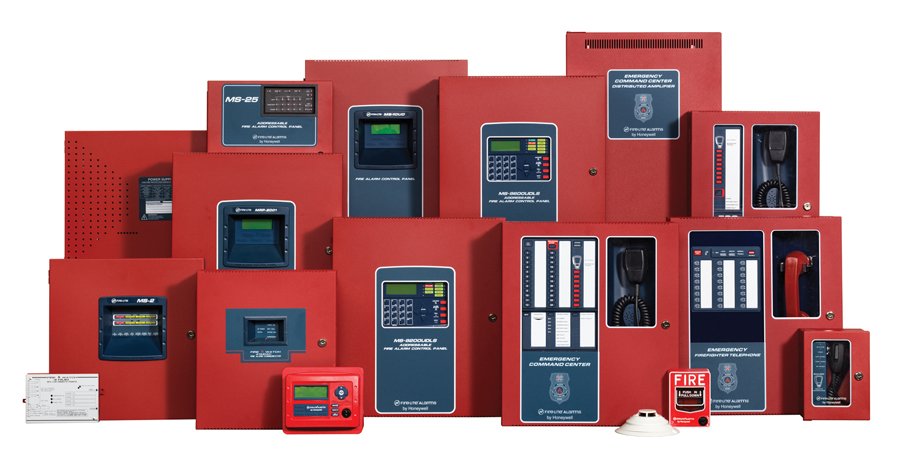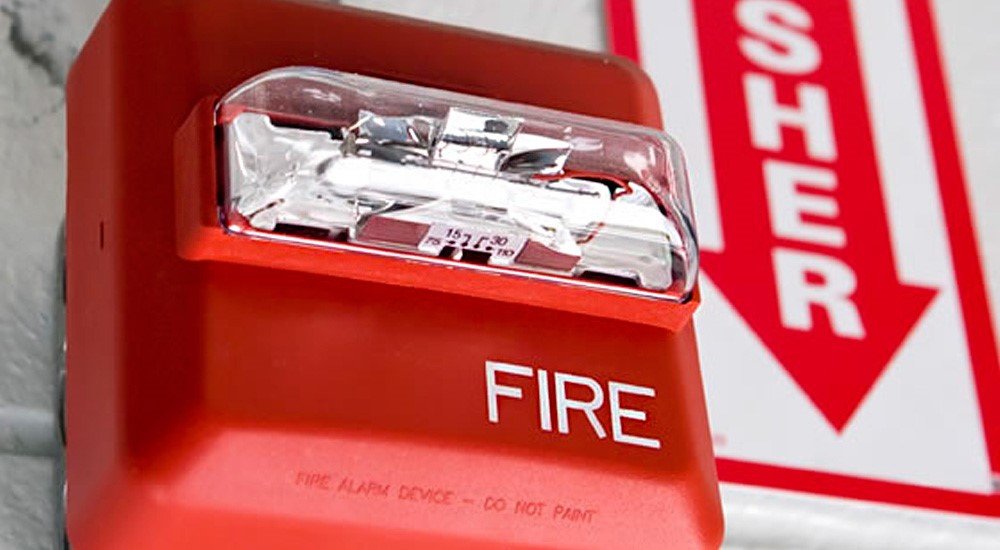Fire systems for buildings
It is called fire protection to the set of measures that are arranged in buildings to protect them against the action of fire. Generally, with them is to achieve three purposes:
Save human lives Minimize the economic losses caused by fire. To ensure that the building activities can be resumed in the shortest time possible. The salvation of human lives is usually the sole purpose of the regulations of the various states and the other two are imposed by insurance companies reducing the policies the more appropriate the means. The fundamental measures against fires can be classified into two types: Passive measures: These are the measures that affect the project or the construction of the building, firstly facilitating the evacuation of the users present in case of fire, by roads (corridors and stairs) of sufficient amplitude, and secondly by delaying and confining the action of the fire so that it does not spread very fast or stop before invading other areas. Active measures: Fundamentally manifested in fire extinguishing facilities.
 To achieve an easy quick evacuation of the occupants of the building, the different regulations determine the minimum width of the corridors, stairs and evacuation doors, the maximum distances to travel until reaching a safe place, as well as constructive provisions (opening of the doors in the sense of evacuation, stairs with handrails, ...). Protected evacuation routes (corridors and staircases) are also established, so that not only do they have walls, floors and ceilings that are resistant to the action of fire, but are also decorated with incombustible materials. The provisions come to determine that a flight of stairs will have a minimum of three steps, to avoid falls.
To retard the advance of the fire the building is divided into fire sectors of certain maximum sizes, sectors limited by walls, roof, floor and doors of a certain resistance to fire. In the evacuation, to move from one sector to another, is to reach a safer place. Every building, complete, must also be a fire sector to prevent the fire from passing to adjacent buildings.
It is known that Nero, when he rebuilt Rome after the fire, forced the walls of the houses to be of stone, to prevent such a disaster from happening again in the future. It is the first news we have of the establishment of something similar to what is now known as "fire sectors".
To achieve an easy quick evacuation of the occupants of the building, the different regulations determine the minimum width of the corridors, stairs and evacuation doors, the maximum distances to travel until reaching a safe place, as well as constructive provisions (opening of the doors in the sense of evacuation, stairs with handrails, ...). Protected evacuation routes (corridors and staircases) are also established, so that not only do they have walls, floors and ceilings that are resistant to the action of fire, but are also decorated with incombustible materials. The provisions come to determine that a flight of stairs will have a minimum of three steps, to avoid falls.
To retard the advance of the fire the building is divided into fire sectors of certain maximum sizes, sectors limited by walls, roof, floor and doors of a certain resistance to fire. In the evacuation, to move from one sector to another, is to reach a safer place. Every building, complete, must also be a fire sector to prevent the fire from passing to adjacent buildings.
It is known that Nero, when he rebuilt Rome after the fire, forced the walls of the houses to be of stone, to prevent such a disaster from happening again in the future. It is the first news we have of the establishment of something similar to what is now known as "fire sectors".

Detection: Through automatic detectors (smoke, flame or heat, depending on the materials contained in the room) or manuals (bells that anyone can press if you see a fire). Alert and signaling: The occupants are notified by means of bells or loudspeakers and are signaled in green (sometimes luminous) signs for the evacuation routes. There are red colored signs indicating the exits that do not serve as an evacuation route. There must also be a minimum lighting system, powered by batteries, which allows reaching the exit in case of failure of the building's normal lighting systems. Alert automatic systems are also responsible for notifying, by electronic means, firefighters. In all other cases, a person must be ordered by telephone. Extinction: Using extinguishing agents (water, dust, foam, dry ice), contained in fire extinguishers or driven by pipes that carry them to devices (hydrants, hydrants, sprinklers) that can work manually or automatically
